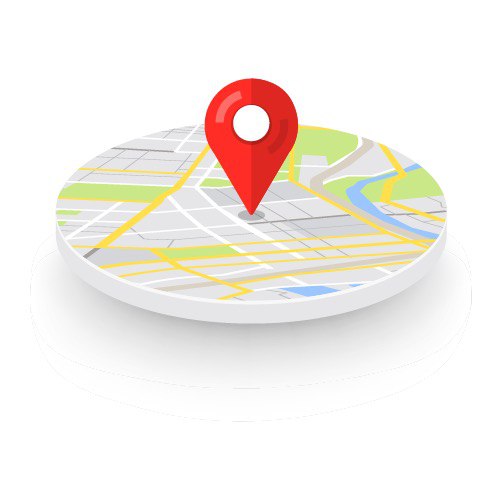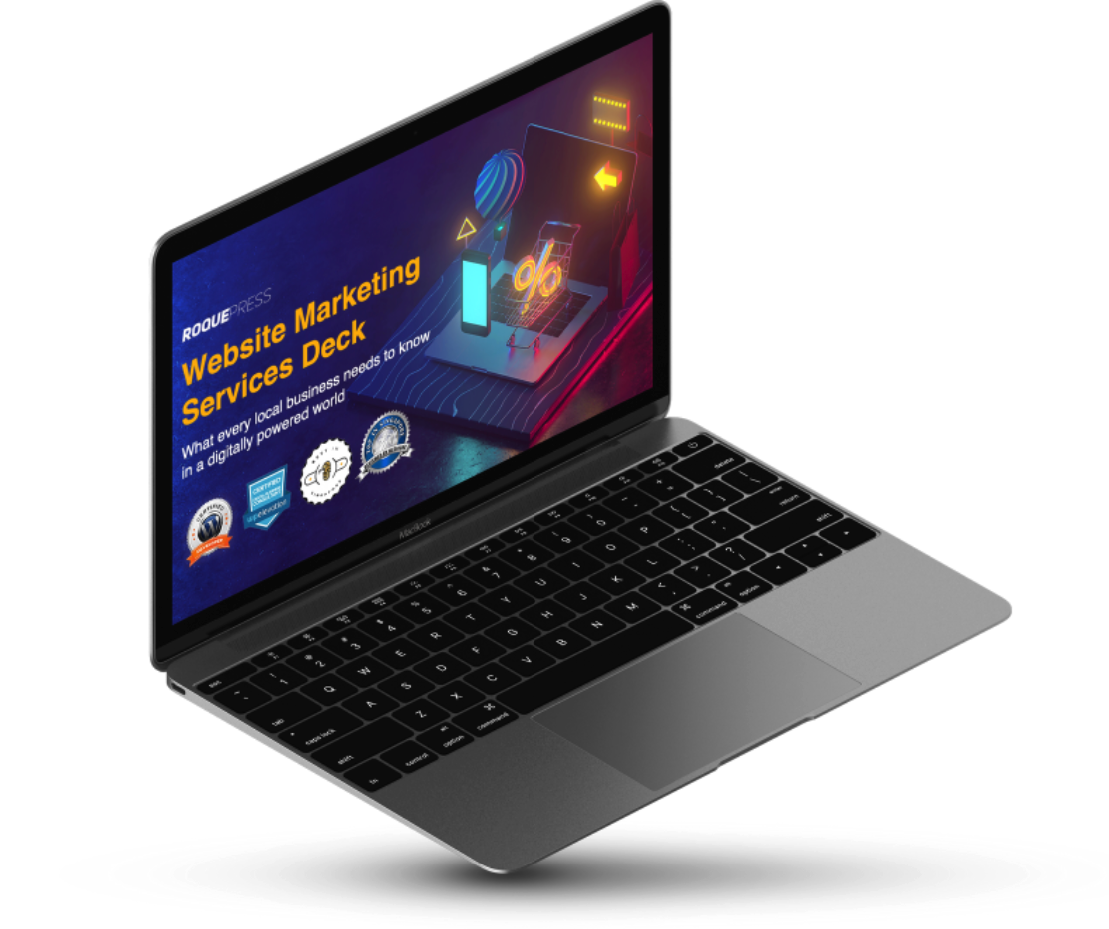As one of the leading start-up hubs in Asia, Singapore has a well-established start-up ecosystem. Singapore supports these small businesses by providing start-up grants, tax rebates, incentives, affordable loans and other exemptions to get them on their feet. However, statistics have shown that around 30% of Singapore start-ups fail within the initial period of 3 years. While failure is not uncommon among small businesses, knowing the root causes for it will solve half the problem for you. Here are five main reasons small businesses fail and how you can avoid these pitfalls.
Insufficient Capital

A common pitfall for start-ups is the lack of sufficient capital and operating funds. Insufficient capital limits the execution of the company’s business plan such as product marketing and the ability to recruit experienced professionals with a competitive salary on par with the market rates. In turn, this affects the proper execution of the business model and generation of their revenue.
New business owners often underestimate the amount of money needed to stay in business and overestimate the revenue from incoming sales. As a result, they would have to shut down before they even have the chance to succeed. New businesses usually need one or two years before it starts to consistently generate profit, so there must be enough funds to cover all expenses until the business has stabilised.
According to the statistics from Aon’s study, more than 60% of small-medium enterprises (SMEs) sought external financing through bank loans to tackle this issue. As financial losses can cause an SME to close, they can mitigate against such risks via credit solutions such as a trade credit insurance. With the relaxed lending rules by the Monetary Authority of Singapore, several SME companies had also made their foray into the lending business to aid new businesses in financing their cash flow.
Overshadowed by the Competition

In the face of stiff competition, standing out from other competitors is one of the most challenging tasks for both experienced and new businesses.
In today’s fast-paced world where customers are able to be gratified instantly, it has become even more difficult to retain a customer’s loyalty and commitment as they can easily switch from one brand to another at no cost to them. Small enterprises commonly faced challenges such as the failure to build up the image and awareness of their brand, products, or services, and the retention of their current base of customers.
To retain your customer base, you must aim to receive the customer’s trust and validate their choice in choosing your brand. These initiatives can include having a great customer service, starting campaigns that might appeal to their personal values (eco-friendly campaigns for the eco-conscious audience) and being aware of incentives provided by your competitors. These factors are important in building trust with your customers and the credibility of your brand.
Hasty Expansion

Another pitfall that many small businesses face is overexpansion which can seriously undermine the continuity of your business and drain your financial resources. New business owners tend to equate success with the speed of their business expansion. But many companies that grew too fast tend to land themselves into bankruptcy. You should instead focus on growing your business slowly and steadily. Focus on establishing a stable business model, a loyal customer base and a solid cash flow.
Afterwards, if expansion is warranted to lower production costs and meet greater consumer demand, you can then start researching and crafting an expansion plan. You should find out the current and future demand for your products or services, and the resources needed to meet that level of demand. Start-ups should also beware of overseas expansion and should first focus on organic growth wherever possible.
Not Going to Where Your Audience Are

A good business location is essential to the success of an SME, especially if your business heavily relies on walk-in customers or on meeting clients in a professional location. To decide on the best location for your business, you should consider where your target audience is, its accessibility, the business’s storage needs and the local competitors in the area.
It is important for your business to go where your audience is to ensure that your marketing message gets delivered right to them. If the potential customers do not know that your business exists or cannot find it easily, it will be difficult to attract them.
If your business doesn’t rely on customers or clients walking into your business location, the location of your start-up could be your own home as you work online. Even if you are based at home, your business must go to where your audience are in the digital space. You will need to find out the platforms that potential consumers would spend a majority of their time on and the type of activities your business can do to reach your target audience effectively.
No Online Presence

According to Mr S Iswaran, Minister for Communications and Information, SME businesses in Singapore, especially those that are still implementing manual and traditional processes, are struggling to go digital. To stay competitive in the business landscape today, business owners have no choice but to take a step towards digitalization and to establish an online presence for their brand.
The critical importance of having an online presence was especially highlighted during the COVID-19 circuit-breaker period where most people have turned to online shopping to fulfil their needs. As footfalls decrease dramatically during this period, many businesses who did not establish an online presence on time lost out and had to shut down. Every business needs a website and a social media presence to survive today more than ever.
If your competitors have a website and you don’t, you will lose a significant number of potential customers. Your business should, at the very least, have a professionally designed website that allows users to easily navigate it to find out more about your brand, and the products or services that you are offering, and how they can benefit from it. The website should also show how the users can get your products or services such as taking orders online.
Your business should also have social media profiles on channels that are most frequented by your customer base and clientele, such as Facebook, Instagram, Twitter, and LinkedIn. When your brand actively engages with the target audience on social media, it will help to improve brand awareness and build rapport with your audience base. This will help your business in the long run as active engagement on social media will help to boost sales for your products or services.
Avoid these five pitfalls and you could be on your way to a successful business! Entrust your website and social media to a professional agency so that you can focus on other important aspects of your business such as product development and marketing campaigns.
Your website and social media is in safe hands here at Roquepress. Just sit back and let us help you grow your business and boost your brand ahead of your competitors.
Are you ready to go digital and kickstart your business?
Book a free consultation with us now! We will discuss tips and ways that you can get started on your journey to a captivating online presence!



